Motivated by the Youth Forum to act on the Mekong Delta, the Green, Clean and Beautiful An Giang Initiative Fund has received many applications, thereby selecting 23 best projects to participate in the preliminary round. Based on the results of the Reviewing Round of Alphanam Green Foundation (held on February 28, 2017) at Golden City An Giang, 7 excellent projects were selected for funding, including:
1. The Project “Development of Nam Ba Ve Drug Garden”
The project proposes to expand 13,000 square meters of dry coconut land and install irrigation systems throughout this area in Ba Ve (Cho Moi district, An Giang). During two weeks, the project attracted 80 volunteers and the interest of many press agencies. The project contributed to An Giang: – 100 species of sample medicinal plants on the area of 50m2 – 12,000 square meters of shallow coconut – 1,000 square meters of climbing spikes – 2,000 meters of installed water pipes & watering system including 3 pumps 2 HP.
 |
 |
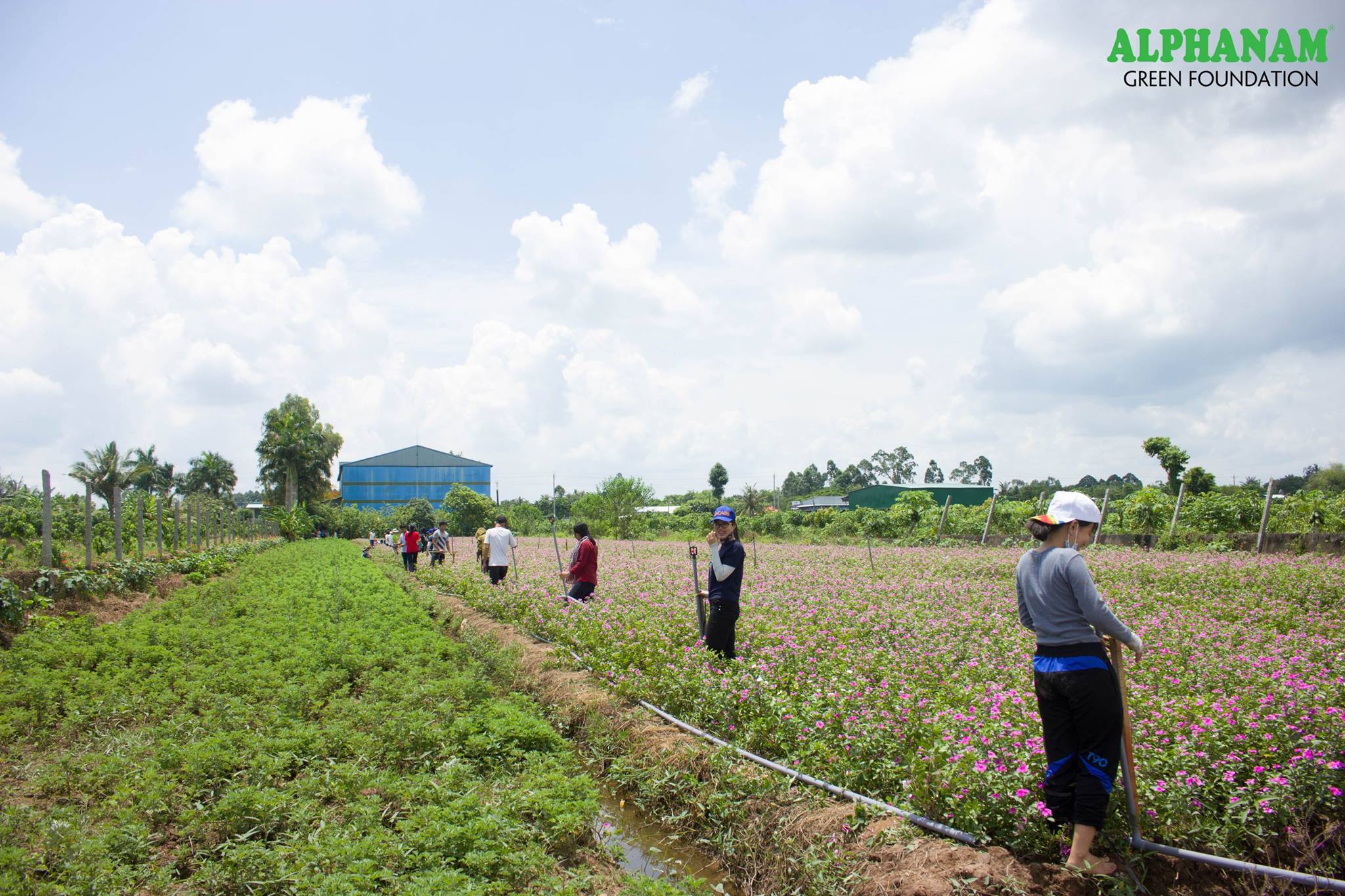 |
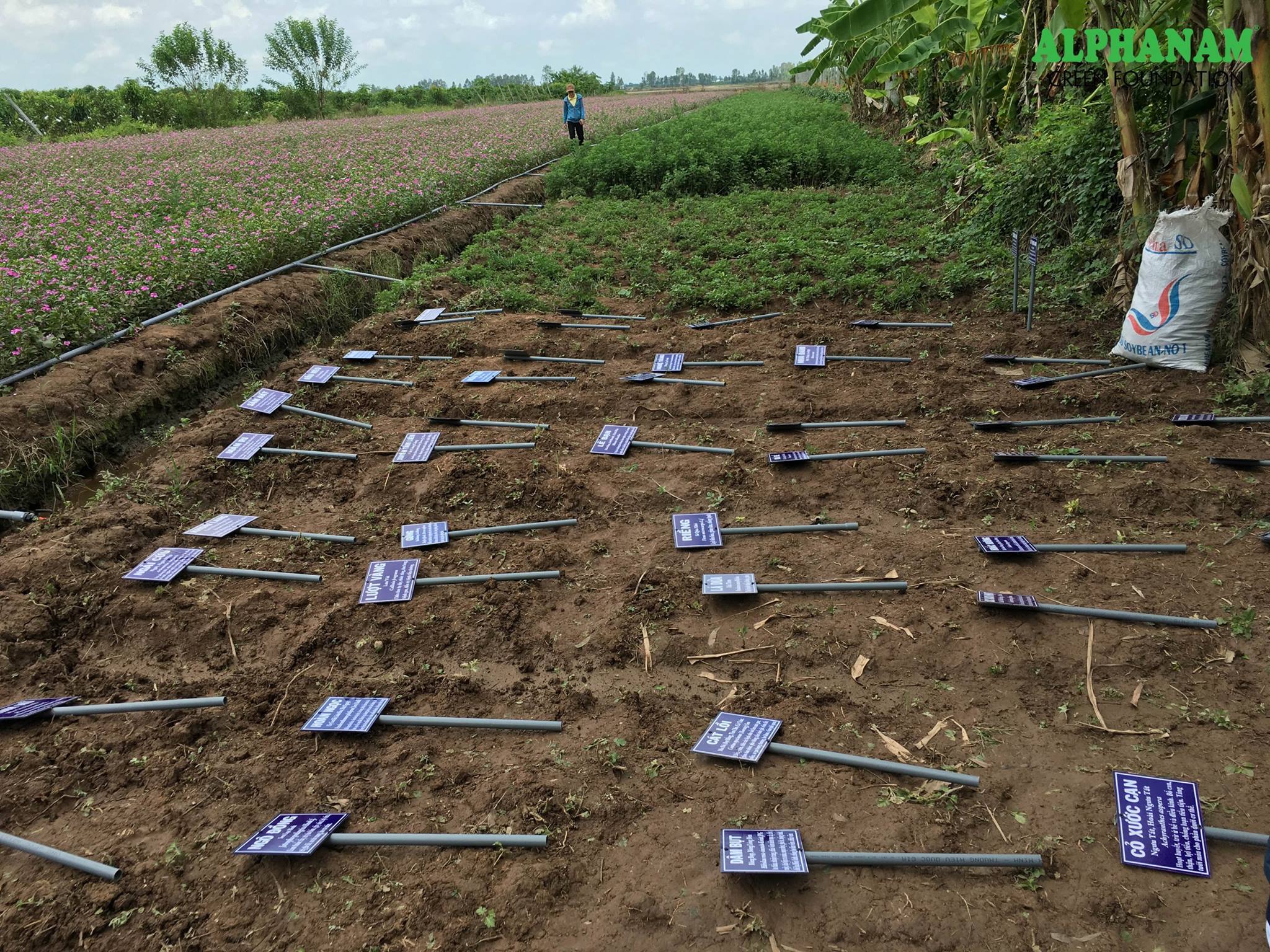 |
2. The Project “Turning dumping ground into a flower garden”
The project brings solutions to improve the urban landscape of 3 areas gathering informal dumping ground in An Giang with recyclable and friendly environmental materials at the following points: Pham Van Dong Street, Nguyen Du Street, the foot of Nguyen Thai Hoc Bridge. The project has attracted the participation of nearly 20 local volunteers and contributed to the renewal of the appearance of Long Xuyen city, the unregulated garbage gathering places have exchange into multicolored flower gardens. The project has changed the perception of the people of Long Xuyen city on the waste treatment issue more suites in accordance with regulations. In particular, more than 2 years from the beginning of implementation, the project has spread and been implemented in many other cities such as Hanoi, Ho Chi Minh City, Hai Phong and so on.
3. The Project “Installation of water purification system in the alum polluted area of An Giang province”
An Giang is one of the provinces bordering the sea, many brackish water areas, people have to live with the alum polluted water all around year. Meanwhile, many households face with difficult economic circumstances doing not have funds to buy water purification tanks, using alum polluted water affect directly for their health. Under funding from the Alphanam Green Foundation, the project has awarded 6 water purification tanks to households in Vinh Loi Hamlet, Vinh Phuoc Commune, Tri Ton District. Volunteers also conducted instructions for the people of Vinh Loi Hamlet how to filter alum polluted water. This is one of the strongly human projects to improve the daily life of the people here.
 |
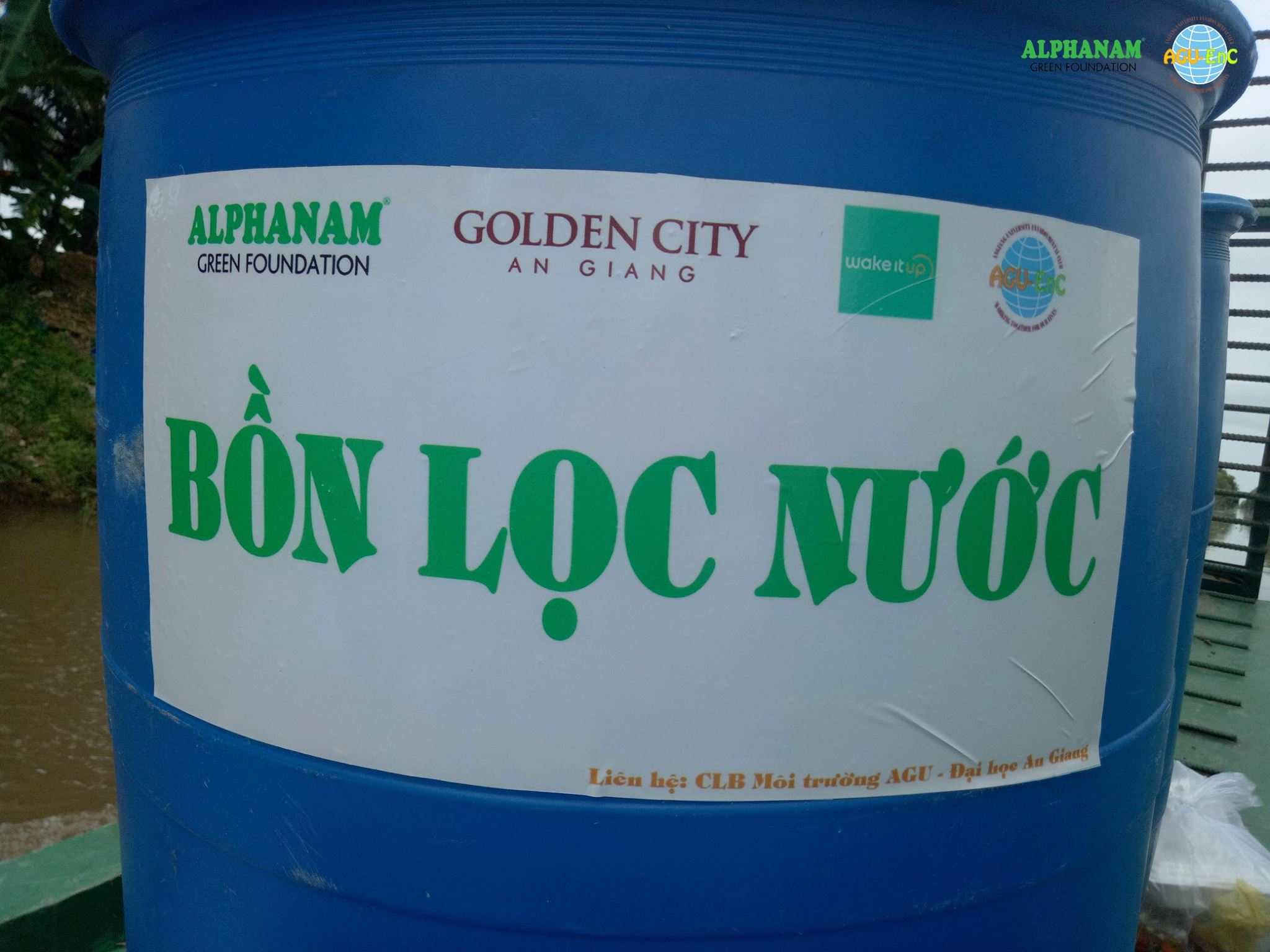 |
 |
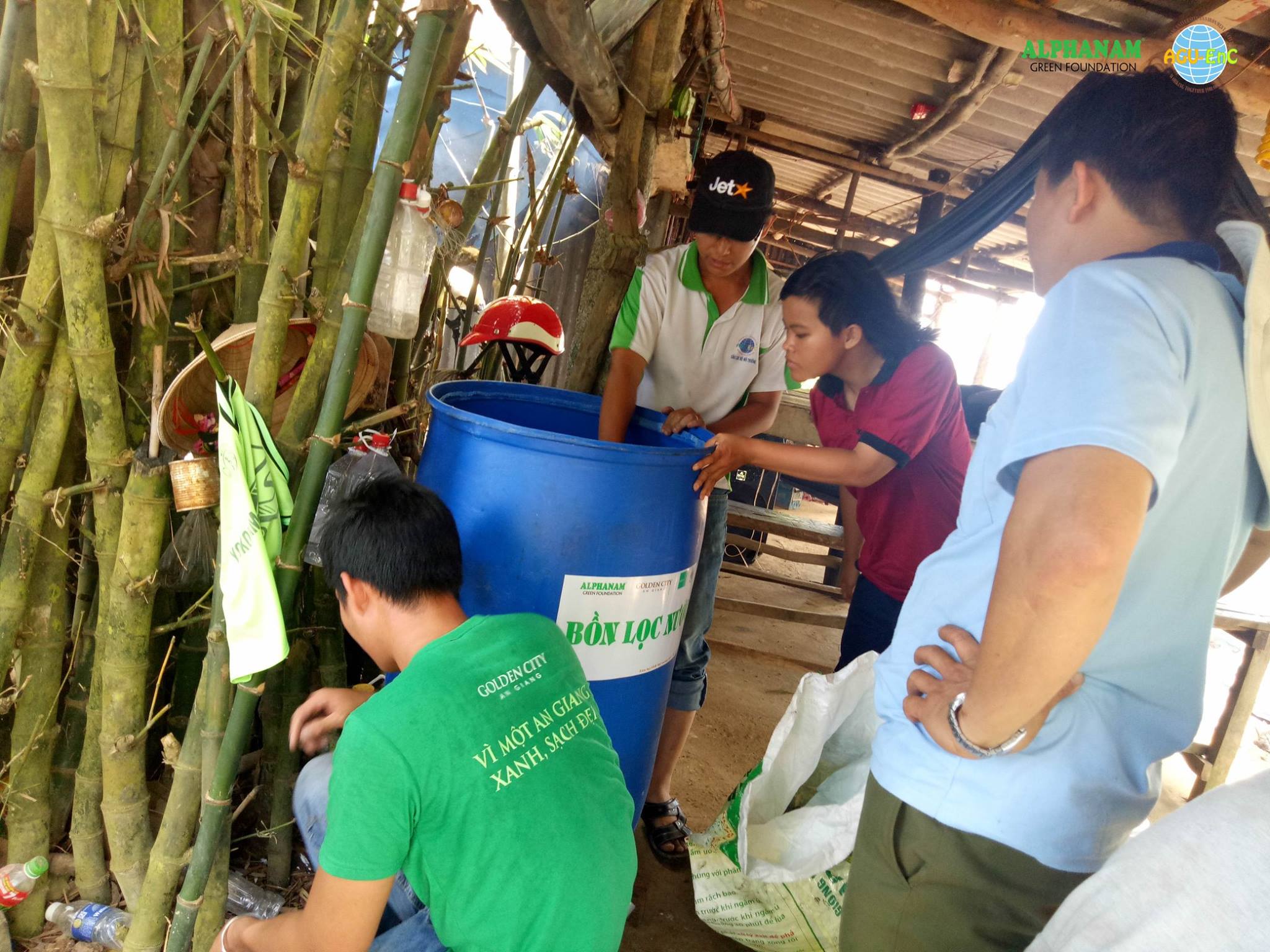 |
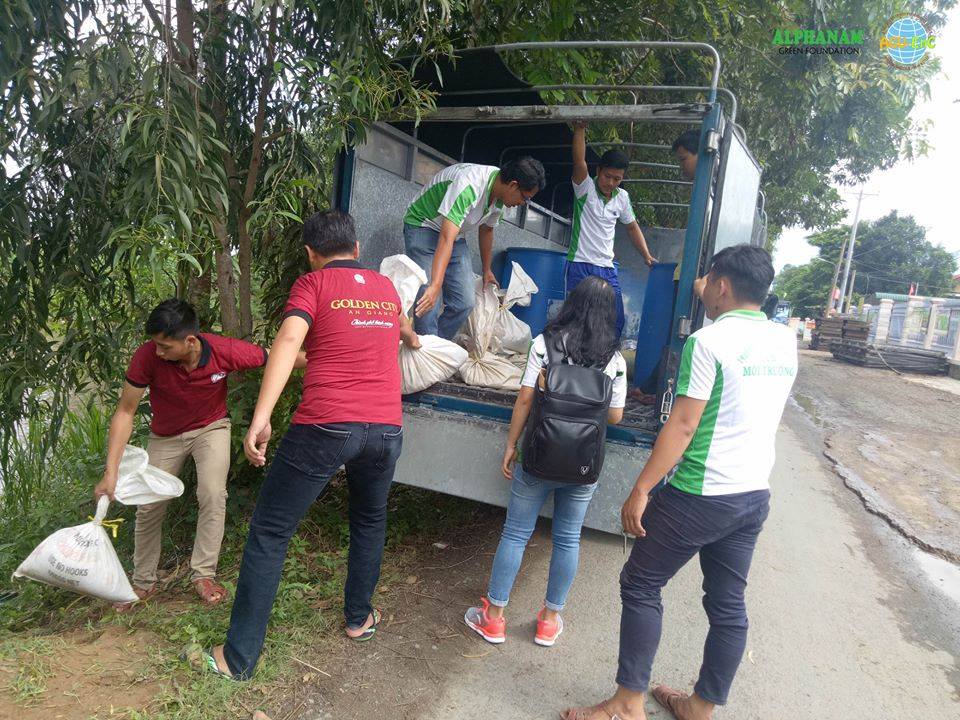 |
4. The Project “Solar Bottle”
Through find information and understanding the suffering of extremely disadvantaged households in An Cu, Tinh Bien and An Giang communes – one of the remote communes, many disadvantaged households do not have money to cover the cost of installing electricity from the national grid. The project has installed 10 models for 10 households in An Cu commune, 38 people from these households no longer have to worry about running out of oil, besides children have more lights to study in the evening. In addition, the Environmental Extracurricular Festival also helped raise awareness of students about environmental protection in Tinh Bien district.
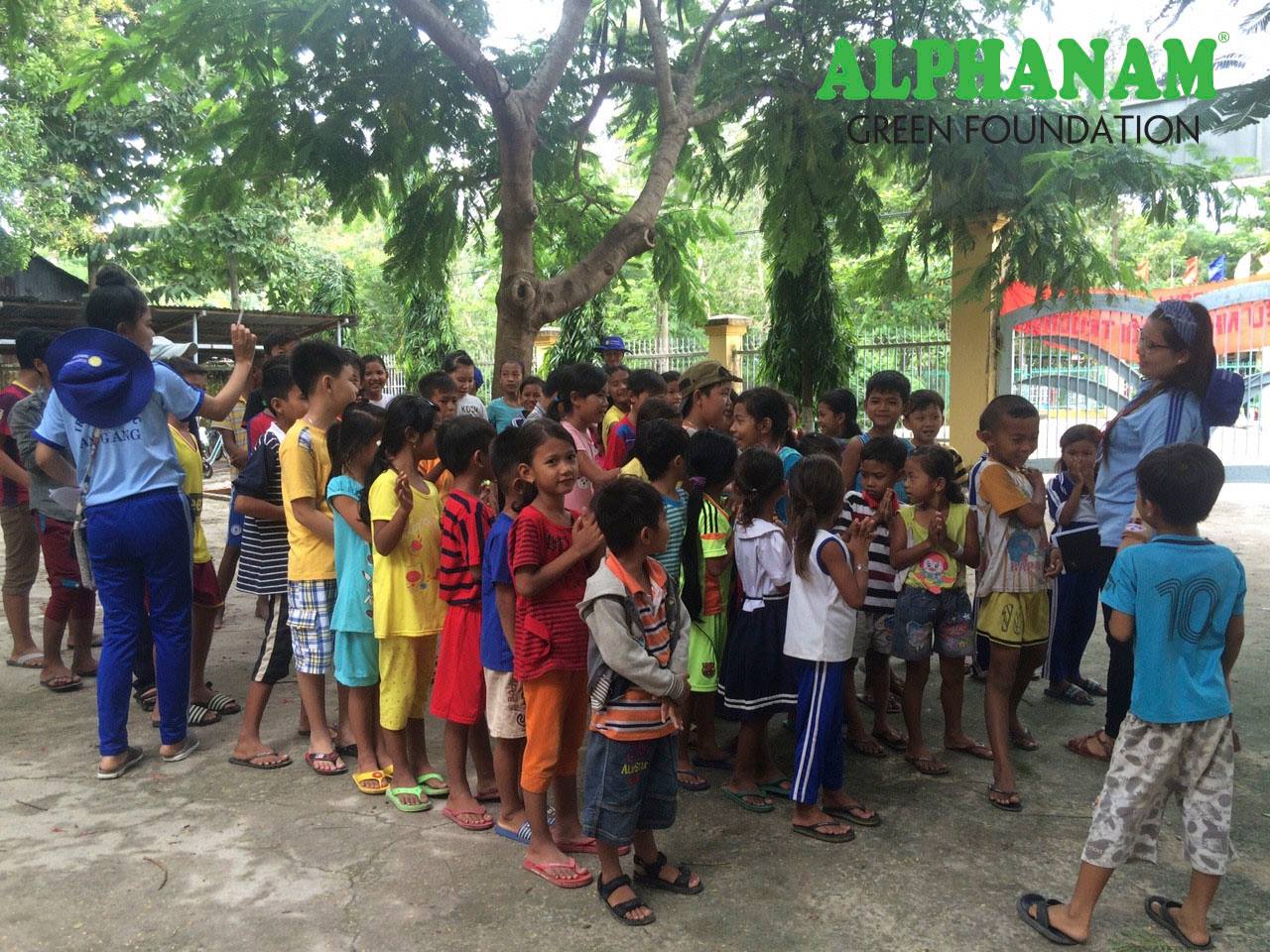 |
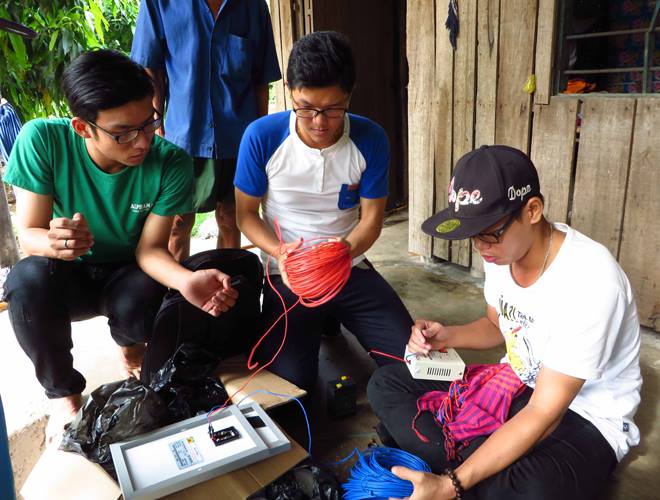 |
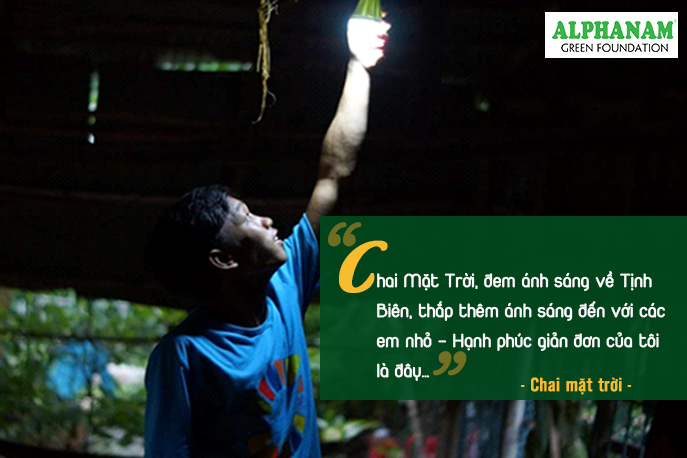 |
 |
5. The Project “Clean Biogas for An Giang”
Biogas tunnel is one of the solutions that households are encouraged to build to take advantage of natural fuel used as a combustion or lighting agent and reduce pollution from livestock waste. However, raw Biogas is judged not to be good for human health because there are still odors and toxic gases mixed. In order to improve this natural energy source for the people, the project has installed 250 Biogas Nano filters for 7 districts in An Giang: Chau Phu, Phu Tan, Chau Thanh, Thoi Son, Tinh Bien, New Market and An Phu. These filters help filter Biogas for cooking, lighting, heating, hot water and running generators, with a capacity of 1.2 KW per household.
 |
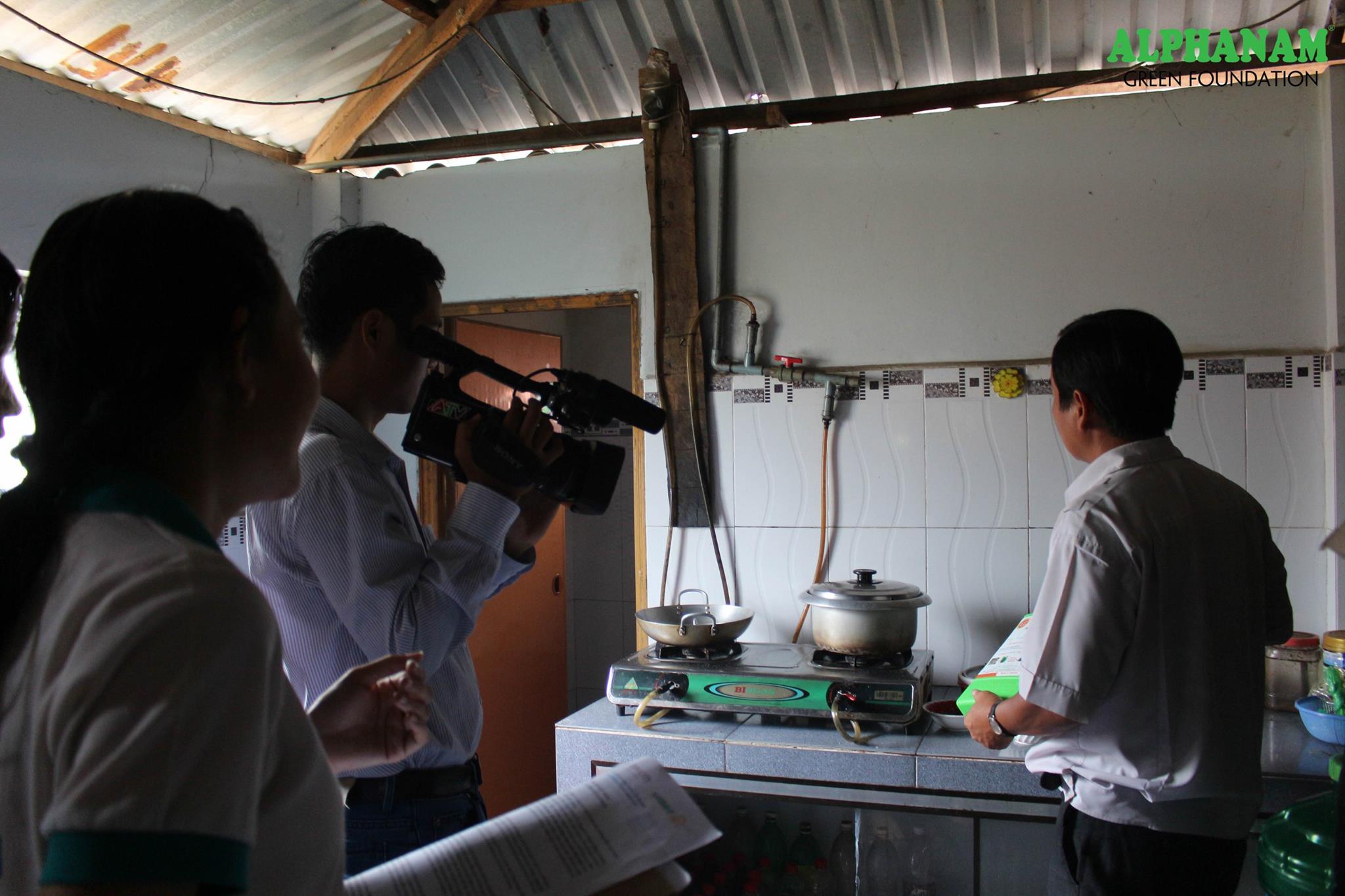 |
 |
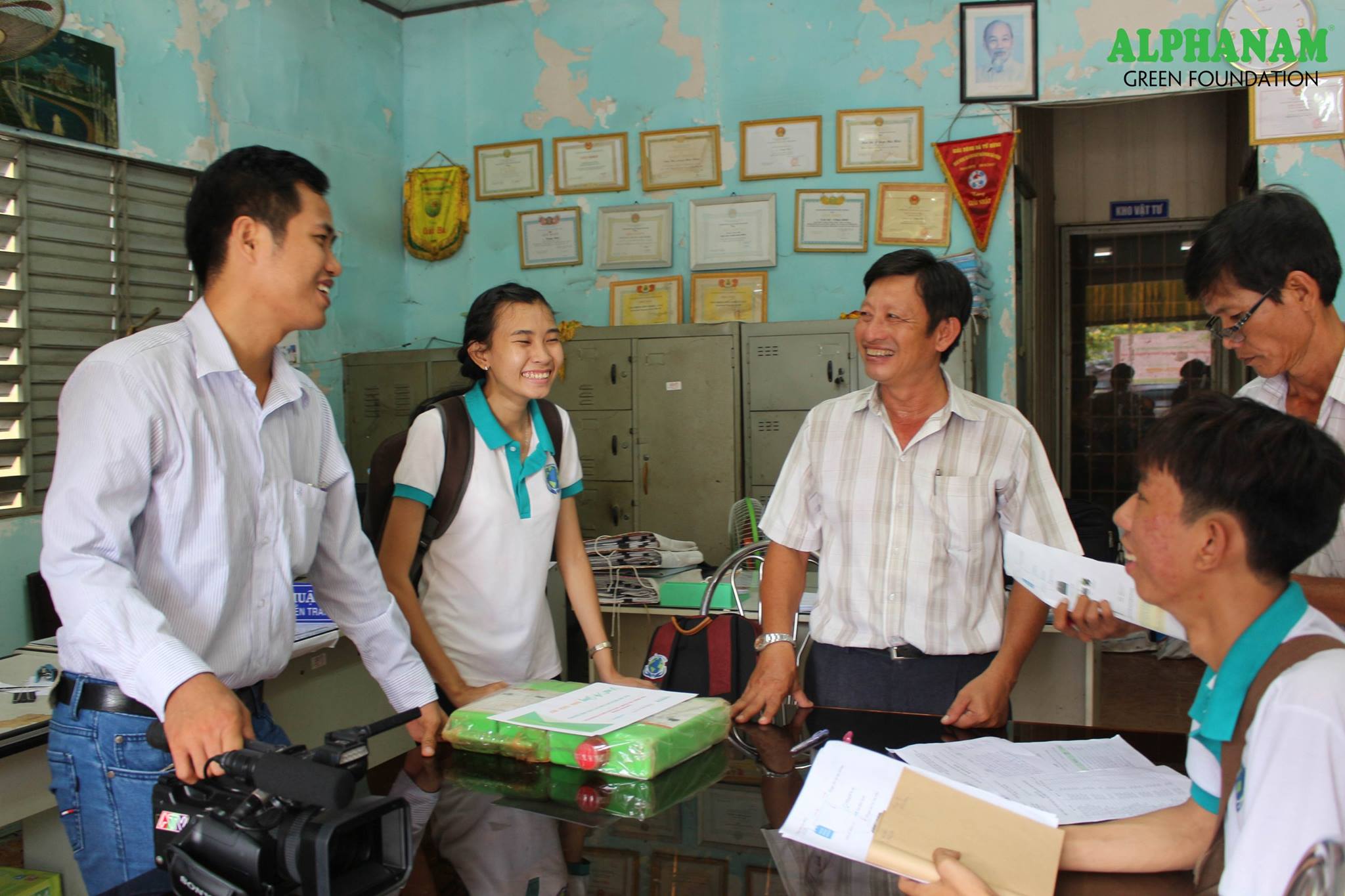 |



